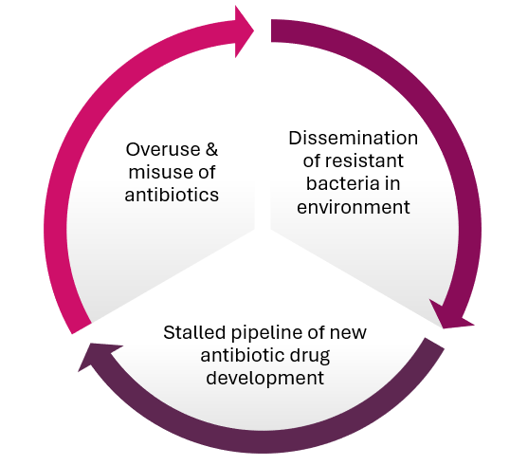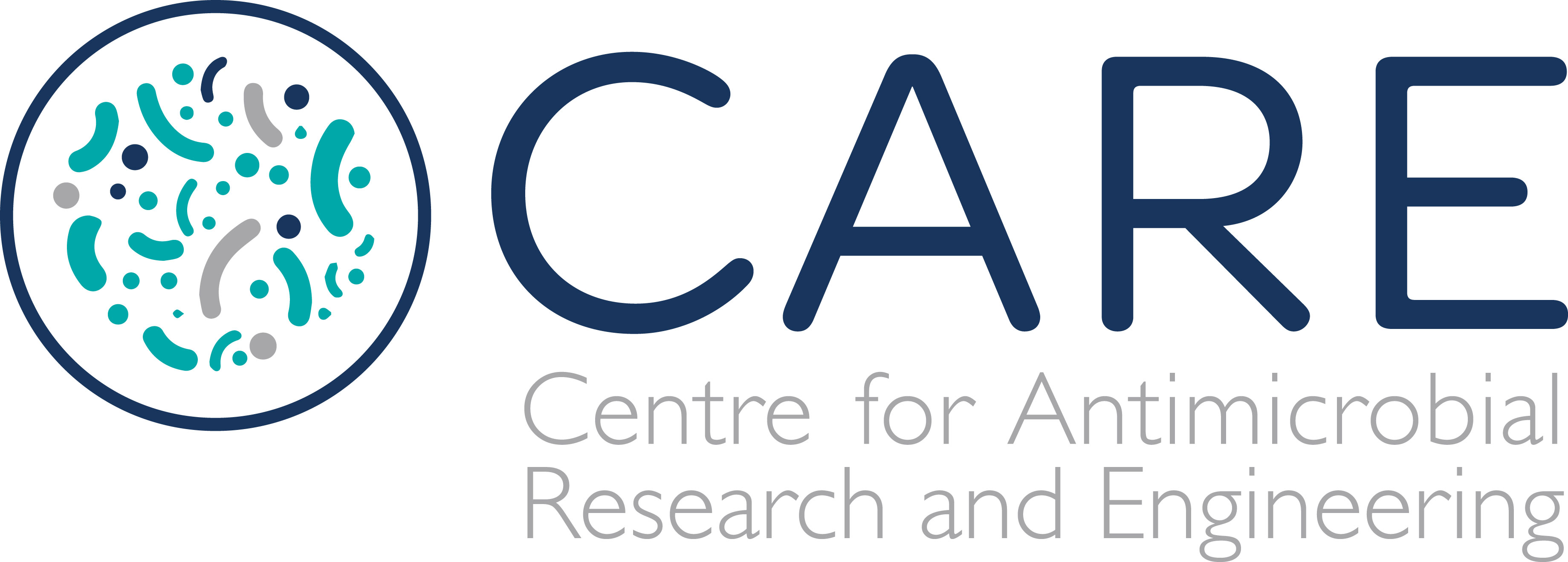Background to The Beyond Antibiotics project, Institute of Biomedical Engineering, University of Oxford

Background
Background: Antimicrobial Resistance
The UN Interagency Coordinating Group on Antimicrobial Resistance (AMR) estimates that drug-resistant infections could cause 10 million deaths each year by 2050 and an annual economic cost of £69 trillion. There have been significant efforts by national and international agencies to raise awareness of AMR and reduce antibiotic use, but there is still an urgent need to intensify these efforts and, crucially, to develop better diagnostics and alternative therapeutic options.

Causes of Antimicrobial Resistance
The causes of AMR are multiple and complex, but central to the current crisis has been the combination of: (a) overuse and misuse of antibiotics in medical, veterinary and agricultural settings, in part driven by the lack of rapid point-of-care diagnostics, (b) dissemination of antibiotics and antibiotic-resistant bacteria in the environment through sewage, manure and pharmaceutical manufacturing waste, and (c) a stalled pipeline of novel antibiotics to replace or supplement the loss of existing drugs.
Immediately following the 2019 report, The UN issued a call-for-innovation paper. Yet despite this and similar initiatives to stimulate research, development of new antibiotics is widely viewed as commercially unviable and industrial development of alternatives as excessively risky (Singer et al., 2020). There have already been essential advances in understanding the biological mechanisms of AMR and its epidemiology from the Biological, Medical and Social Sciences. The aim of this programme is to match this with an equal contribution from the Engineering and Physical Sciences to overcome the technical barriers to translating that understanding into viable, disruptive solutions.
